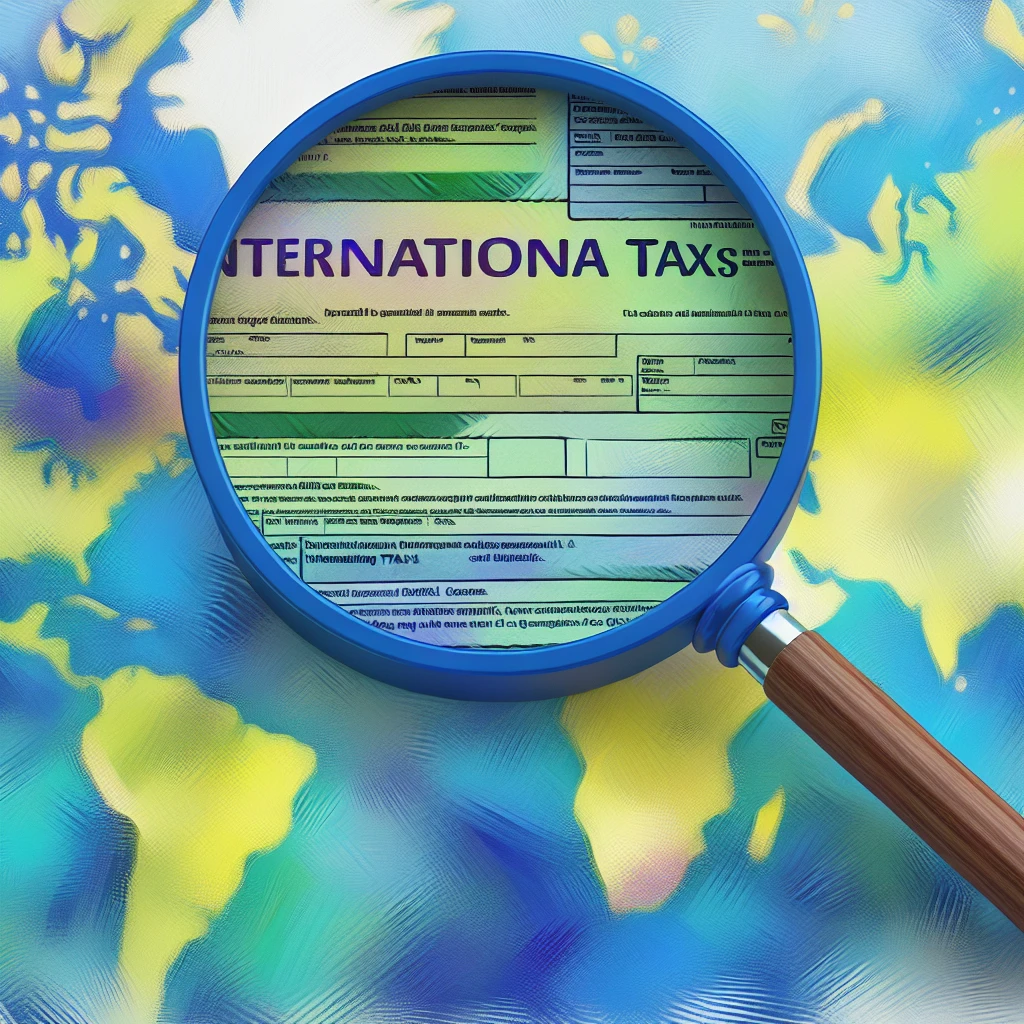Understanding Currency Exchange Rates
When it comes to international accounting, currency exchange rates are the unsung heroes (or villains, depending on the day) that can make or break your financial statements. At their core, exchange rates are simply the value of one currency when converted to another. It's the rate at which you can swap, say, your hard-earned dollars for euros while planning a trip to Paris, or how a business determines the cost of importing goods from Japan.
But why should you care about these rates? Well, if you've ever indulged in the thrill of overseas shopping or run a business with global ties, you've directly interacted with the world of currency exchange. These rates aren't just numbers that financial analysts whisper about; they're pivotal in determining how much you pay for that Italian leather jacket or how much revenue your business generates from overseas sales.
Exchange rates fluctuate due to a complex web of factors, including economic indicators, political stability, and market speculation. For businesses, these fluctuations can lead to financial statement volatility. Imagine reporting your overseas earnings only to have the currency value swing the next day - it's enough to give any accountant a headache.
Moreover, exchange rates are not just about the immediate conversion. They're about understanding the economic landscape and making informed decisions. A strong currency might mean your vacation gets more bang for your buck, but for exporters, it could spell lower competitive edge in the global market. Conversely, a weaker currency might hurt your purchasing power abroad but could be a boon for attracting foreign buyers to your products.
So, whether you're a jet-setting shopper or a multinational corporation, getting a grip on currency exchange rates is crucial. It's not just about the numbers; it's about the strategy. Do you lock in rates now or wait for a potential swing in your favor? How do you hedge against unfavorable shifts? These are the questions that can define success in international commerce and travel.
Understanding currency exchange rates is the first step in navigating the treacherous waters of international finance. It's about being savvy with your money and strategic with your business dealings. After all, in the global economy, knowledge of currency exchange is not just power; it's profit.
Accounting for Currency Exchange Rate Fluctuations
When diving into the specifics of how businesses account for exchange rate changes, it's like opening a Pandora's box of accounting principles and financial strategy. At the heart of this challenge is the translation of foreign currency transactions into a company's functional currency. This is no small feat, as the process can significantly affect the financial statements, painting a different picture of a company's financial health than what might be seen at first glance.
For instance, consider a U.S. company with operations in Europe. When the euro strengthens against the dollar, the value of the company's European earnings increases when converted back to dollars. This might sound like a win, but it's a double-edged sword. The same exchange rate shift can also mean that the cost of importing goods from Europe suddenly spikes, potentially squeezing profit margins.
Companies must navigate this by using one of two accounting methods: the temporal method or the current rate method. The temporal method translates assets and liabilities at historical exchange rates, while income and expenses are converted at the exchange rate on the day the transaction occurred. On the other hand, the current rate method converts all financial statement items at the current exchange rate. The choice between these methods can lead to vastly different reported earnings, and thus, requires careful consideration and strategy.
Moreover, these accounting maneuvers are not just for keeping the books in order. They're a part of a broader financial strategy to manage the risks associated with currency fluctuations. Businesses often employ hedging techniques such as forward contracts, options, and swaps to lock in exchange rates and protect against adverse movements. This proactive approach to managing foreign exchange risk can stabilize financial statements and provide more predictable financial outcomes.
But let's not forget the tax implications. Exchange rate changes can affect the amount of tax payable on foreign income, adding another layer of complexity to international accounting. Companies must stay vigilant, ensuring they comply with tax laws in all jurisdictions they operate while also optimizing their tax positions.
In conclusion, accounting for currency exchange rate fluctuations is a dynamic and intricate aspect of international business. It requires a keen understanding of accounting principles, a strategic approach to financial management, and a watchful eye on the ever-changing global economic landscape. For businesses looking to thrive in the international arena, mastering these practices isn't just beneficial; it's imperative.
Strategies for Managing FX Risk
Now, let's slice through the complexity of managing foreign exchange (FX) risk with the precision of a seasoned financial strategist. In the ever-fluctuating world of international trade, currency values can swing wildly, leaving unprepared businesses vulnerable. But fear not, there are strategies savvy companies can deploy to fortify themselves against these monetary storms.
Firstly, let's talk about forward contracts. Imagine you could lock in today's currency rate for a transaction that will occur months down the line. That's the power of a forward contract - it's like a financial time capsule, ensuring that future transactions are immune to the whims of currency volatility. By locking in exchange rates, businesses can budget with confidence, knowing their costs and revenues won't be at the mercy of the market's mood swings.
Options are another strategic tool in the FX risk management arsenal. They grant businesses the right, but not the obligation, to exchange currency at a predetermined rate. This flexibility is a game-changer, allowing companies to capitalize on favorable rate movements while providing a safety net should the market turn sour.
Swaps, on the other hand, are the Swiss Army knives of hedging instruments. They allow businesses to exchange cash flows in different currencies, effectively smoothing out cash flow volatility. This can be particularly useful for companies with regular international payment obligations, providing a predictable financial landscape amidst the unpredictable ebbs and flows of currency rates.
But hedging isn't the only play. Diversification is another key strategy. By spreading investments and transactions across various currencies, businesses can dilute the impact of any single currency's fluctuation. Think of it as not putting all your eggs in one currency basket.
Lastly, let's not overlook the power of strategic partnerships and invoicing strategies. Aligning with partners in stable currency regions and invoicing in your home currency can shift the risk to the other party and simplify financial planning.
Integrating these strategies requires a blend of financial acumen and strategic foresight. It's not just about defending against risks; it's about positioning your business to navigate the currency tides with agility and confidence. In the grand chessboard of international finance, these moves can mean the difference between checkmate and being checked by market volatility.



